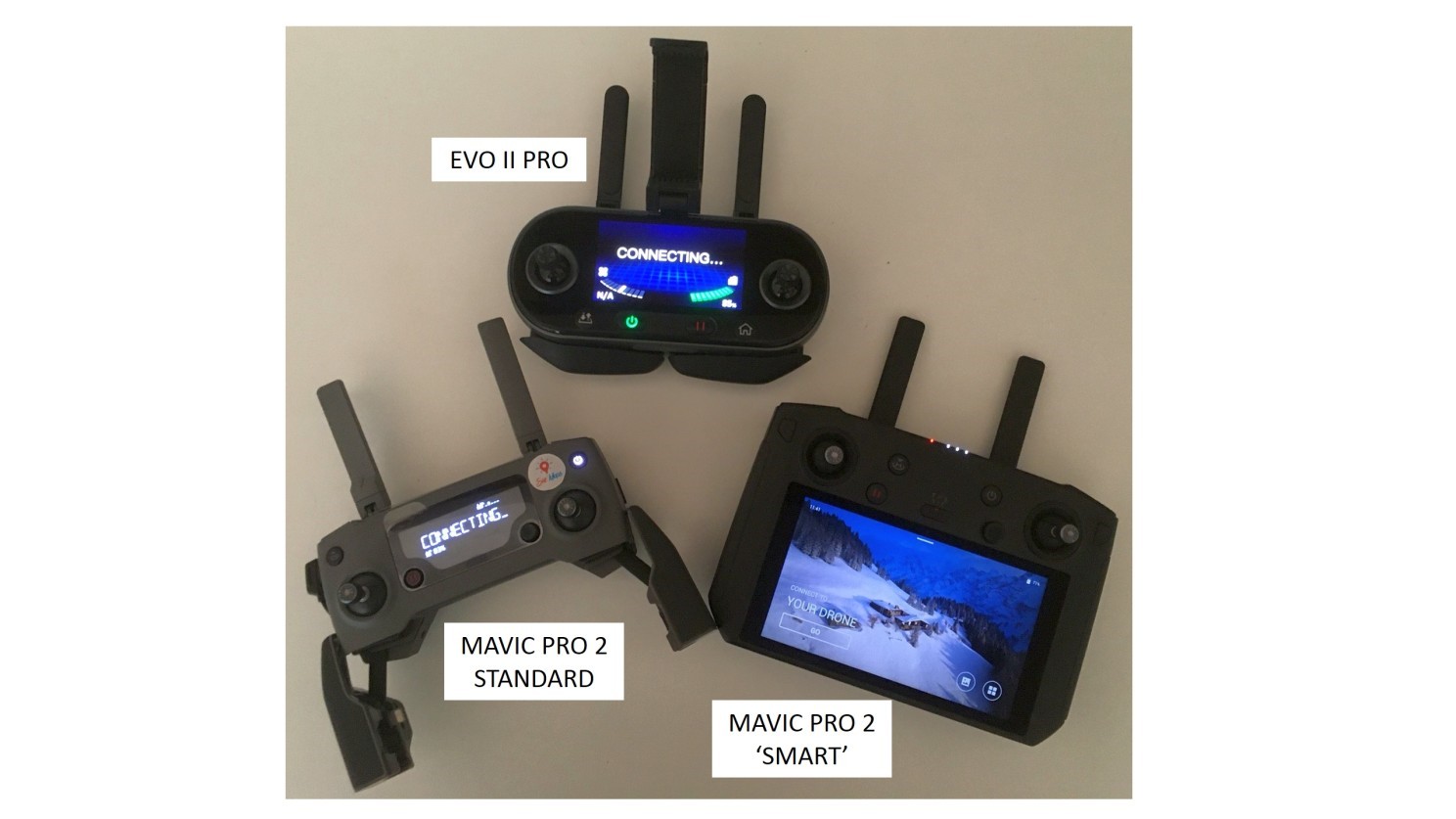The Autel Robotics Evo II Pro and the DJI Mavic 2 Pro are two leading drones in the sub-2kg category, often compared for their mapping capabilities. This article analyzes their key differences, focusing on aspects relevant to mapping professionals.
Drone Specifications: Size, Weight, and Flight Performance
While both drones offer comparable features, some key differences exist in their physical attributes and flight performance:
- Size and Weight: The Mavic 2 Pro is smaller and lighter, making it more portable.
- Battery: The Mavic 2 Pro’s battery is smaller and lighter, impacting flight time.
- Flight Time: The Evo II Pro boasts a longer advertised flight time (40 minutes vs. 31 minutes for the Mavic 2 Pro), potentially translating to larger area coverage per flight. Real-world flight times will vary depending on conditions.
- Wind Resistance: The Evo II Pro claims a higher wind resistance (up to Force 8), compared to the Mavic 2 Pro (Force 5).
Camera Comparison: Image Quality and Field of View
Both drones feature a 1″ CMOS sensor with 20MP resolution, but slight differences exist:
- Field of View: The Evo II Pro offers a wider field of view (82 degrees vs. 77 degrees for the Mavic 2 Pro), covering a larger area per image but with slightly lower ground resolution. At 100m altitude, the Evo II Pro covers 174m width compared to the Mavic 2 Pro’s 160m.
- Ground Resolution: The difference in ground resolution is minimal (3.2 cm/pixel for Evo II Pro vs. 2.9 cm/pixel for Mavic 2 Pro).
- Mechanical Shutter: Neither drone features a mechanical shutter, a feature often preferred for mapping but found in higher-end models like the Phantom 4 Pro.
Remote Controller and App Integration
- Controller Compatibility: The standard controllers for both drones are compatible with mobile devices for mapping missions. The Mavic 2 Pro’s ‘smart’ controller lacks this capability.
- Display Clarity: The Evo II Pro’s controller boasts a higher clarity display.
- Pause Button: The Evo II Pro controller features a dedicated pause button, simplifying mission control.
- App Ecosystem: The Evo II Pro’s standard app can run mapping missions, while the Mavic 2 Pro requires switching between DJI Go 4 and a separate mapping app. DJI offers a wider variety of third-party mapping apps. Autel’s integrated app simplifies workflow.
Other Considerations: Obstacle Avoidance and Cost
- Obstacle Avoidance: Both drones feature advanced obstacle avoidance technology, although pilot skill remains paramount.
- Cost: Pricing varies by region and vendor. Generally, the Evo II Pro is slightly more expensive than the Mavic 2 Pro. Bundles and accessories further influence overall cost.
Conclusion: Choosing the Right Mapping Drone
Both the Autel Robotics Evo II Pro and DJI Mavic 2 Pro are capable mapping drones with minor differences. The Evo II Pro offers advantages in flight time, wind resistance, and integrated mapping app functionality. The Mavic 2 Pro boasts portability and a wider selection of third-party mapping apps. The best choice depends on individual preferences and specific project requirements. Consider factors like flight time needs, portability requirements, and desired software ecosystem when making your decision.

